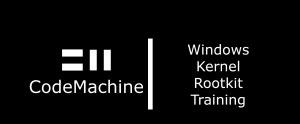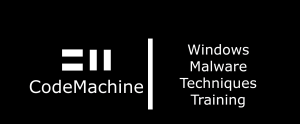
The NSA spent years developing Ghidra as its own internal reverse engineering suite. Now, thanks to the Technology Transfer Program, these powerful capabilities are readily available to the world. With support for dozens of architectures, Ghidra is rapidly gaining popularity as a tool of choice for analyzing compiled code. Ghidra’s extensibility through Java and Python scripting make it ideal for malware analysis and vulnerability research tasks. This class is a hands-on, example-driven introduction to reverse engineering with Ghidra. Attendees will learn the basics of using Ghidra to analyze executables before diving into examples of progressively more sophisticated reverse engineering countermeasures. As topics are introduced, students will reinforce what they’ve learned by solving reverse engineering challenges. Students may work independently or in groups to solve any of the introduced Capture the Flag style challenges. On the first day of this course, students will get familiar with Ghidra and how to create projects and import files. Students will learn how to analyze a program, follow its execution flow, and start customizing the disassembly and associated pseudocode. New for 2022, students will also get hands on time using the Ghidra’s debugger integration as well as newly updated support for binary patching. As we analyze more complicated examples, students will learn about basic tricks malware developers use to obscure functionality. We’ll look at how to identify strings being crafted within code, as well as dealing with code hidden in data sections to escape analysis. These examples will help illustrate how different options and built-in tools are used to improve analysis results. The second day brings more complicated challenges, including layered obfuscation and encryption. The lessons on this day will review in greater detail how to use the Python interpreter in Ghidra. Students will ultimately design and use custom Python scripts to analyze real malware.








